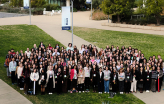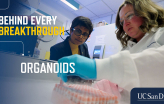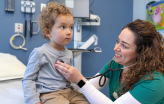Molecule Linked to Metabolism Found to Boost Plant Growth
Researchers have completed the first comprehensive exploration of itaconate, a natural compound involved in metabolism, in plants. The researchers found that itaconate helps plants grow, a finding that offers new possibilities for maximizing crop growth to support growing global populations.
















